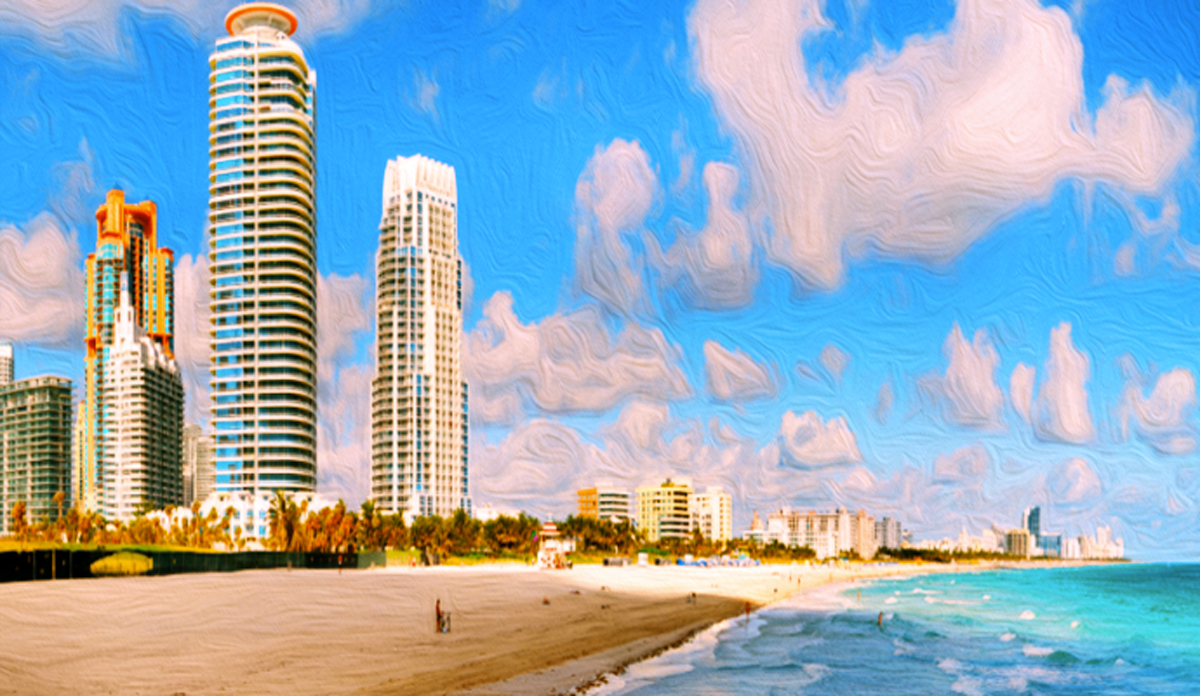Trending
North Beach’s Tatum Waterway buildings edge closer to historic status, forbidding demolition
Plan to extend historic district to include Tatum Waterway from 73rd Street to 87th Street now needs city commission approval

A plan to grant historic protection to more than 100 buildings — many of them aging Miami Modern structures — in Miami Beach’s North Beach neighborhood is one step away from reality.
The Miami Beach Planning Board on Tuesday voted to recommend approval of extending the North Beach Historic District so that it includes Tatum Waterway from 73rd Street to 87th Street. The proposal must now be approved by the city commission to take effect.
In January, the city commission approved the creation of two new historic districts in North Beach that include Harding Avenue from 73rd up to the northern border of the city at 87th Street; a section from Harding Avenue to Dickens Avenue between 73rd and 75th streets; and buildings on Bay Drive, Marseilles Drive and South Shore Drive on the eastern edge of Normandy Isle. A total of 313 buildings, 271 which are considered architecturally significant, were granted protection from demolition.
The protection would extend to the buildings on Tatum Waterway. At least one North Beach developer praised the measure. “In the scheme of compromise and the flavor of creating a community, I am here in support,”said Matis Cohen, CEO of Kahunah Group Properties. “We are putting a lot of our trust with the Historic Preservation Board in dealing with challenges along this waterway.”
In February of last year, the city commission imposed a six-month ban on any demolition of buildings along the Tatum Waterway in North Beach. The ban gave the city time to create the North Beach historic districts and a conservation overlay district for Tatum Waterway.
Conservation districts have specific design guidelines for new buildings that include limits on lot size and scale, but demolitions would not be prohibited.
According to city documents, 87 out of 105 buildings along Tatum Waterway were constructed between 1942 and 1965. And 68 of the structures satisfy requirements to be historic. Many are examples of Post-World War II tourist hotels, apartment buildings and commercial buildings.




